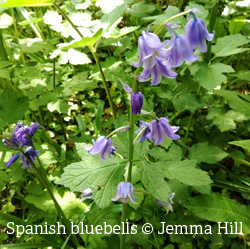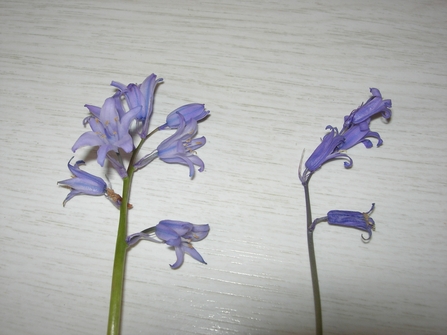1) Over half the world’s populations of these iconic wildflowers grow in the UK.
2) Bluebells are protected under the Wildlife and Countryside Act 1981. If you dig up a wild bluebell you can be heavily fined.
3) Ants help to spread bluebell seeds, so if you live near a bluebell wood you may find them popping up in your garden.
4) It takes several years for a native bluebell seed to grow into a bulb & subsequently flower.
5) Bees enjoy bluebell’s pollen & nectar. Sometimes they ‘steal’ it by biting a hole in the top of the flower.
6) The chequered skipper butterfly also nectars on bluebells, as do several moth species.
7) Folklore used to tell that bluebells ring at daybreak to call fairies to the woods.
8) Bluebell bulbs contain a starch that in Elizabethan times was used to stiffen ruffs.
9) Gum from the roots was used to glue feathers to arrows & in bookbinding.
10) Bluebell juice was said to cure snake bites, but is chemically very potent & can be toxic in large doses.

